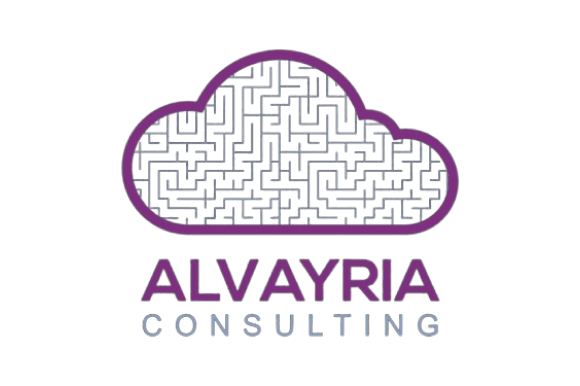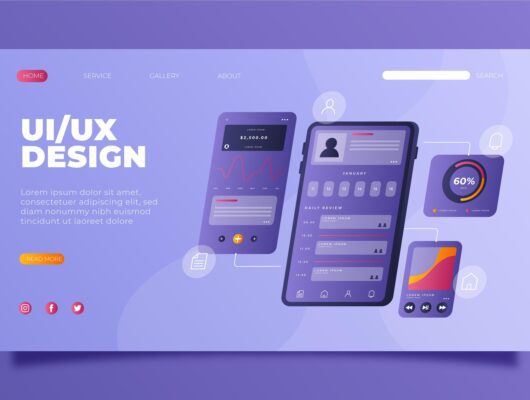Over the decades of active Web development, 2025 is considered to be a breakthrough year for the serverless approach. This revolutionary technology is disrupting how developers create, deploy and manage applications. While corporate entities look for a way to make their environments economically efficient and users’ experiences smooth, serverless computing has become a catalyst in modern web development.
What is Serverless Computing?
Serverless is a type of cloud computing in which the user only runs code and does not need to worry about the servers required to run the code. Despite what the name implies, there are still servers involved: they are just “owned and operated by third parties such as AWS Lambda, Google Cloud Functions, and Microsoft Azure Functions.”
This approach enables developers to run their code to various events while boasting of scalability, which makes it economical and highly effective.
Serverless computing trends in 2025: why this model is increasingly being launched
Cost-Effectiveness
One of the most compelling benefits of serverless computing is its pay-as-you-go pricing model. Businesses only pay for the compute time they use, avoiding the cost of idle servers. This has become increasingly attractive in an economy that values lean operations.
Scalability and Flexibility
One of the core advantages of Serverless architectures is that they self scale depending on traffic and workload. This scalability is important in the year 2025 because the number of applications requires to handle an unpredictable number of users at a specific time, for instance during product release or world events.
Faster Development Cycles
Serverless frameworks provide benefits for developers connecting rapidly since they do not have to stress over managing server infrastructure. Thus, by delegating server management to the cloud suppliers, groups could leverage their time only on developing new characteristics, thus improving time-to-market.
Environmental Sustainability
While adopting greener technologies, serverless computing is sustainable for companies seeking to adopt more sustainable technologies. The serverless approach lays the efficient reuse of resources, and therefore, the utilization of resources in serverless is ecofriendly.
Changing the Face and the approach of Web Development
Demystifying Backend Technologies
Serverless computing also dismisses the issues of owning or managing the servers. Quite a number of functions such as authentication, managing database connections or linking APIs are all done through managed services, which makes the backend coding process easier.
Enhancing User Experience
When response time is faster and the latency is lower, serverless apps allow users to enjoy a better user experience. Users would like to have their interactions as fast as in 2025, and serverless computing provides this.
Democratizing Development
In this way, serverless computing diminishes one of the primary barriers that limit small teams and startups competing with enterprises. Developers no longer need deep expertise in infrastructure management to build world-class applications.
Challenges of Serverless Computing
Despite its advantages, serverless architectures come with challenges that developers must address:
Vendor Lock-In: In this case, using one cloud provider for serverless services means that the user becomes locked into the platform, which makes the switching process hard.
Cold Start Delays: It is important to note that the very first invocation of serverless functions can take somewhat longer than following requests as the target infrastructure requires some time to wake up.
Debugging Complexity: Debugging is more often than not difficult especially when working on serverless applications since multiple services are involved.
However, constant development of tools and frameworks to tackle these problems has made serverless more attractive to adopt.
The prospects of serverless in 2025
Microservices Architecture is powered
Serverless computing is fully complementary to microservices architecture where applications are divided into multiple small elements. This integration allows several teams to work in parallel towards the creation of updates while avoiding a general overhaul of the system.
Backing for the AI and Machine Learning
In specifically 2025 more and more web applications have implemented the use of AI and machine learning. Computational demands of these technologies are considered, and it has become evident that serverless platforms are needed for innovation.
Enabling IoT Applications
Today, there are so many IoT devices in the market to support connectivity. This is made easy by serverless computing, as it provides scalalble and real-time read and processing of the data from these IoT devices.
Serverless Success Stories
Several companies have harnessed the power of serverless technology to drive innovation:
Netflix: Netflix uses the aspect of serverless to handle millions of customer requests received daily and availabilidad during high-traffic times.
Coca-Cola: Coca-Cola was able to cut its expenses and augmented business productivity by implementing a serverless solution to its vending machines.
Airbnb: It reduces time and costs by providing scalable solutions for handling high traffic loads in the period of, for instance, holidays.
Conclusion
In 2025 the trend of serverless computing becomes the next step of evolution in modern web development. It relieves the pressure that comes with infrastructure management and in return, it allows for development, usability, robustness, and the delivery of outstanding applications. The future of web development undeniably relies on serverless computing as it becomes more established and resolves more issues, serving as an essential tool for businesses of all scales.






